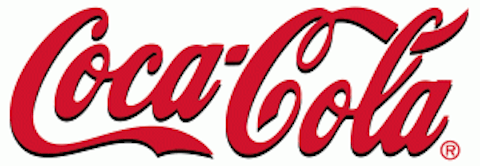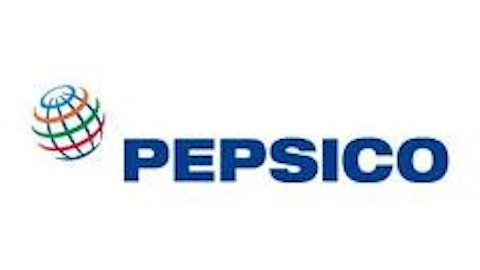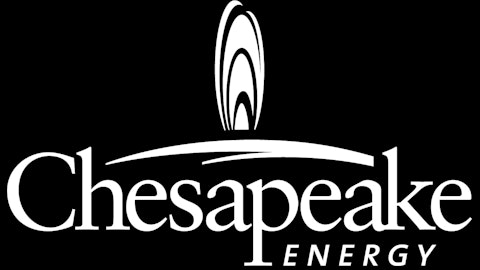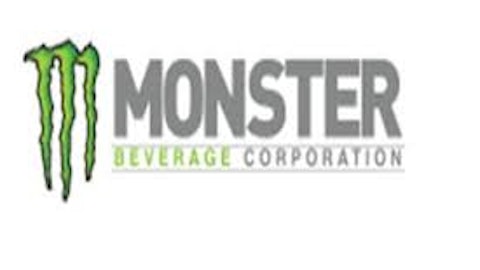The Coca-Cola Company (NYSE:KO) is often perceived to be a boring stock. Then, why is it that generations have passed on the company’s shares as legacy to their future generations? This is because Coca-Cola is one of the most dependable income generators.
The company has weaved its magic over the last 127 years or so with its well-loved red and white cursive logo bringing a smile on millions of faces across the globe. And this includes investors as well.
How safe is the dividend?

Coca-Cola is a dividend aristocrat. S&P 500’s Dividend Aristocrats Index tracks top blue-chip companies that have increased their dividends for 25 or more consecutive years. The current year marks the company’s 51st consecutive year of dividend increase. It has a payout ratio of over 50% and a current yield of 2.80%. But given the weakness in core U.S. soda markets, how safe is this dividend? The answer lies in its prospects.
Global business model
The Coca-Cola Company (NYSE:KO)’s operations literally span the entire planet with the company doing business in 200 odd countries. Besides the U.S., which accounts for one-fifth of total volumes, its biggest markets are Mexico, China, Brazil, and Japan. These together accounted for approximately 31% total worldwide unit volume in 2012.
The Coca-Cola Company (NYSE:KO)’s distribution system gives it unmatched strength to leverage the economics of both developed as well as emerging countries. This is significant given the current weakness in U.S. soda volumes. This could have been a cause of concern, but thankfully, that is not to be. There are huge opportunities in markets like China, India, Latin America, and even Africa.
Additionally, the company is always looking for new countries to enter. With The Coca-Cola Company (NYSE:KO)’s existing reach this does not happen too often, but when it does, the company wastes no time. The case in point is its recent foray into Myanmar. Coca-Cola has commenced local production there and will add more capacity. It will invest $200 million over the next couple of years.
Lucrative markets
China and India are obviously huge markets on account of their big population. The Pacific segment, which includes both China and India operations, saw a 3% increase in unit volumes compared to 1% increase in North America.
Coca-Cola plans to build China into its biggest market. It already has 42 bottling plants and will add one more in October. During this year and next, Coca-Cola will invest $4 billion in this country. Very rightly, the tepid 1% volume growth in China in the first quarter has not been a deterrent for the company. India will also see investments of $5 billion through 2020.
The next big opportunity is Africa. Eurasia and Africa is Coca-Cola’s fastest growing geographic segment. During the first quarter, volumes grew 15% here, being the only geographic segment to witness double-digit growth. Coca-Cola is already the market leader in Africa and is planning to double its capital spending to add more plants and distributors.
Latin America, which saw 4% volume growth in the first quarter, is also important especially with the 2014 FIFA World Cup coming up. Coca-Cola is one of the six FIFA partners.
Undisputed leader in soda
When it comes to soda, it is difficult to surpass Coca-Cola. Other than PepsiCo, Inc. (NYSE:PEP), no one can pose a meaningful challenge on the global stage. And the legendary cola wars between the two have been spanning over a century. Coke continues to have a higher market share of 42% compared to Pepsi’s 31%.
PepsiCo, Inc. (NYSE:PEP) has also been eyeing the same opportunities in emerging markets. Its market share in carbonated beverages lags that of Coca-Cola’s in most markets, but it has a good lead in China owing to its alliance with the nation’s prominent food and beverage maker, Tingyi. It saw 17% volume growth in the country in the first quarter, which is noteworthy.




